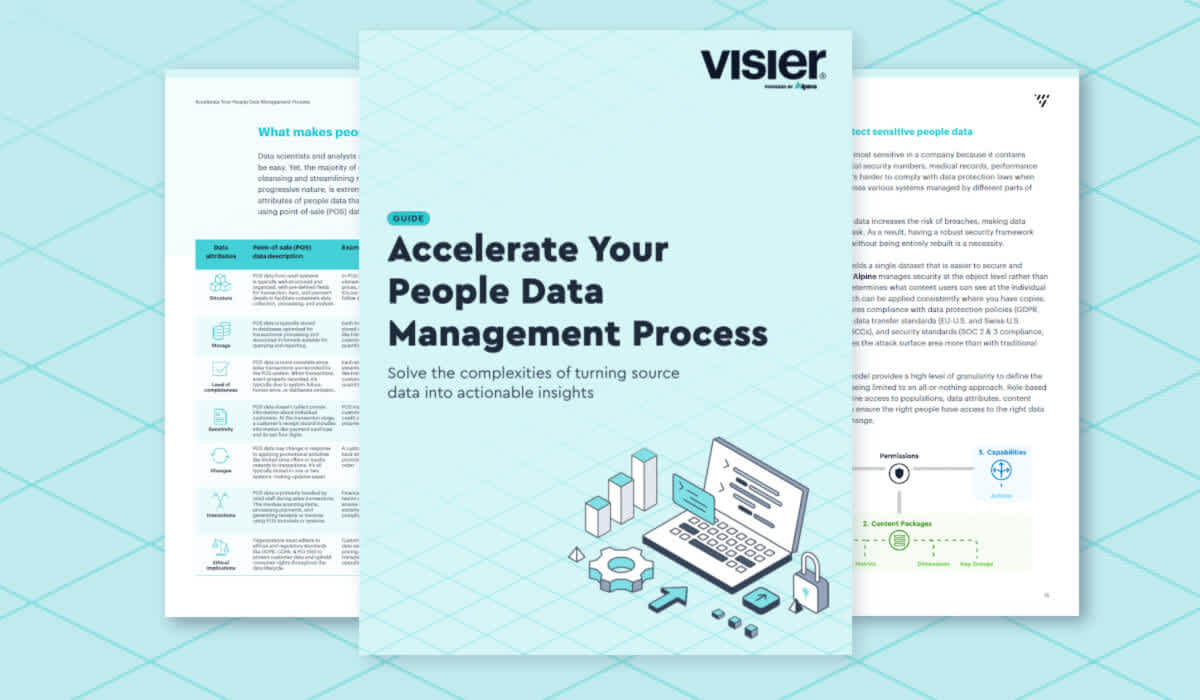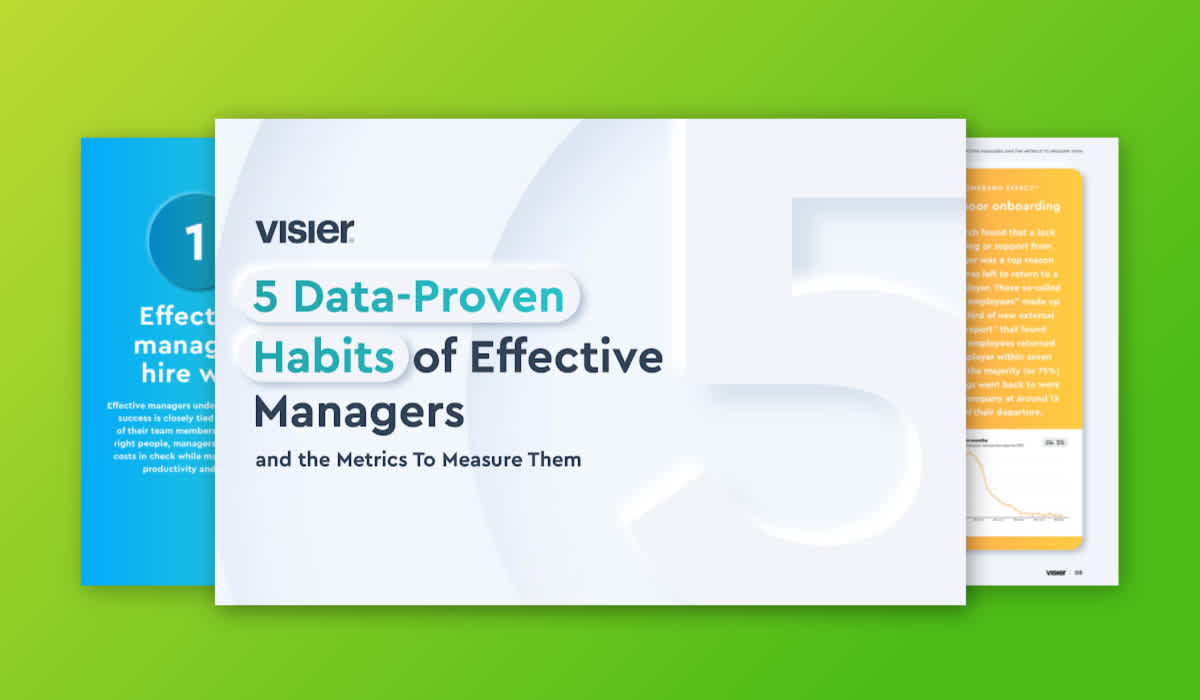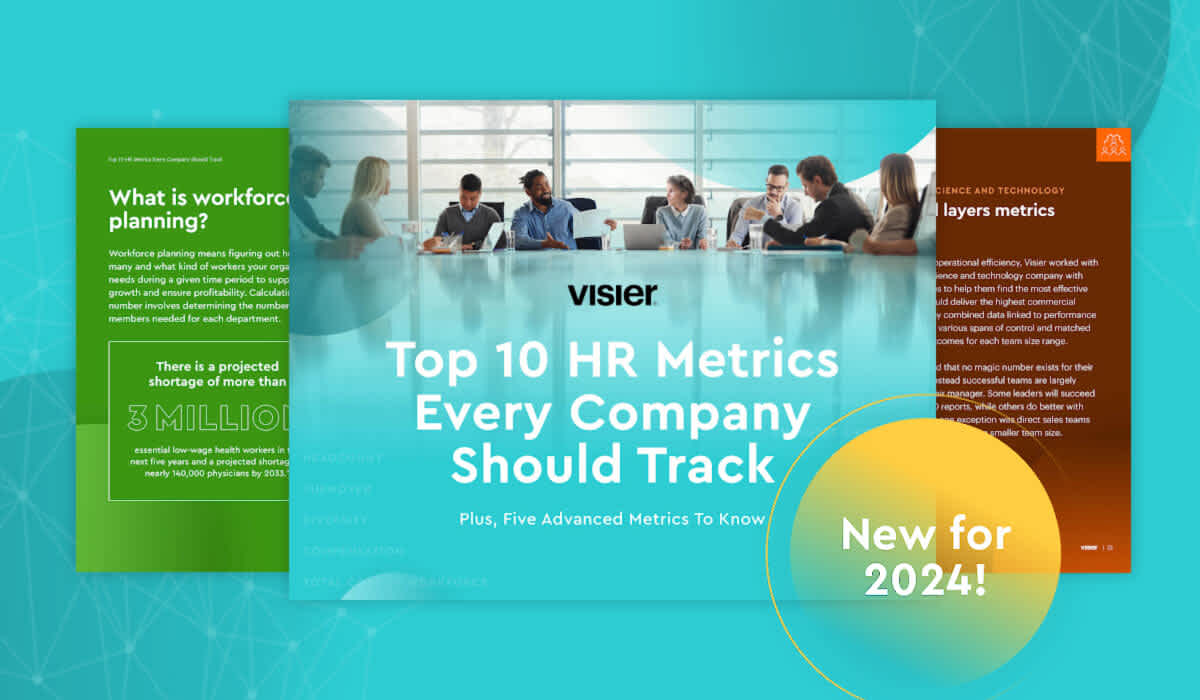HR Analytics: The GPS of True HR Transformation
Understand what HR transformation really is and the role HR analytics plays in transforming human resources. Mark Berry shares his expertise.

Since the mid-1990s, the phrase, “HR transformation,” has been a part of HR’s common vernacular. In fact, it is so often-used some regard it as almost a form of HR “smart talk” – something that many talk about, but few really understand how to do. The same could be said – most recently – for the terms, “workforce analytics,” “talent analytics,” and other variants of this. Given the frequency of use of both, it is critical to understand what true HR transformation really is and the role workforce analytics plays in transforming HR.
What is True HR Transformation?
In the beginning, “HR transformation” was – essentially – a movement, driven by a host of HR leaders, academics, consultants, and technology companies. Their focus: moving HR from a predominantly administrative function to a more strategically focused entity.
The evolutionary model underlying this movement can be represented as such:

Another way to say this is that it is “how to transform HR practices so that they are aligned to customer needs and integrated around organization capabilities.” In the truest sense, in transforming HR, “customer” consists of either the leadership of the business, the employees who are part of the business, or – ideally – both.
In an October 2009 installment of HR Executive Online, Robin Lissak articulates – most succinctly – The ‘New’ HR Service Delivery Model which includes “four principal building blocks”. They are:
Implementing a new way of delivering HR services.
Using technology to provide employees with direct access to HR information.
Outsourcing HR work to service providers if they could do it faster, better, and cheaper.
Demonstrating the business value that HR provides by putting metrics in place.
HfS Research & PwC, in a 2012 white paper article, entitled, “Human Resource Transformation: Is It Driving Business Performance?” – identified several critical components of effective HR transformation, including:
Assigning accountability to the HR organization to achieve business goals by taking an active role in the execution of business strategy.
Redefining the metrics of success, with metrics focused on business challenges rather than favored, traditional (read “non-business relevant”) HR metrics.
Reconfiguring HR process & technology to contribute to strategy, adapting traditional HR practice to deliver business through their processes.
Deloitte, in an article entitled, “Global Business Driven HR Transformation: The Journey Continues”, identifies five key work streams that lead to transformation in HR. These include:
Setting the global HR strategy: requires change analytics capabilities.
HR organizational changes – both roles & decision rights.
Numbers behind HR – benchmarking & analytics.
Enabling HR service delivery.
Enabling HR functional capabilities.
What is Common in These Definitions?
Although there are some subtle differences across these definitions, there are core commonalities across these as well. The essence of these are embodied in Ulrich’s work and the four questions he proposes must be asked – and answered – as organizations contemplate initiating a transformational change initiative in HR. According to Ulrich, one must ask:
Why are we doing it? (what is the context?)
What do we get if we do it well? (the outcomes)
How do we do it? (the department, the people, the practices)
Who does it? (line managers, employees, and/or HR professionals).
One key commonality – across all definitions – is the means to measure the outcomes or impact of HR transformational work. In Ulrich’s terms, it’s about “what do we get if we do it well?” With Lessak’s and Deloitte’s approaches, it’s about leveraging benchmarking and analytics to – again – measure the impacts of the investments. HfS/PwC provide additional context to the issue of metrics, focusing on “redefinition” of the metrics of success, emphasizing the importance of business outcomes more than HR process efficiencies as the key measures of effective change.
What Role Does Analytics Play In Transforming HR?
In today’s workplace, analytics can play a critical role in both identification of transformational opportunities and evaluation of transformational impact. When you consider the factors affecting a global workforce – collaboration, new technologies, skill shortages, speed of change in business, aging workforce, growth in the millennial workforce, social media, mobile work, and free agency, to name a few – hr analytics provide the means for organizations to be able to identify areas of opportunity, prioritize the opportunities, and evaluate the impact of human resource transformational interventions.
Deloitte’s approach leverages analytics as a means to evaluate program risk, using workforce analytics to track leadership alignment, change readiness, change impact, training needs analysis, and user adoption. In addition, they encourage the use of benchmarking as a means to objectively assess both efficiency and effectiveness impacts of transformational change. Lastly, they recommend a four-step “issue/facts/understanding/actions” process, mirroring basic scientific methodology by leveraging hr analytics both identify the opportunities or issues and assess the impact of actions taken.
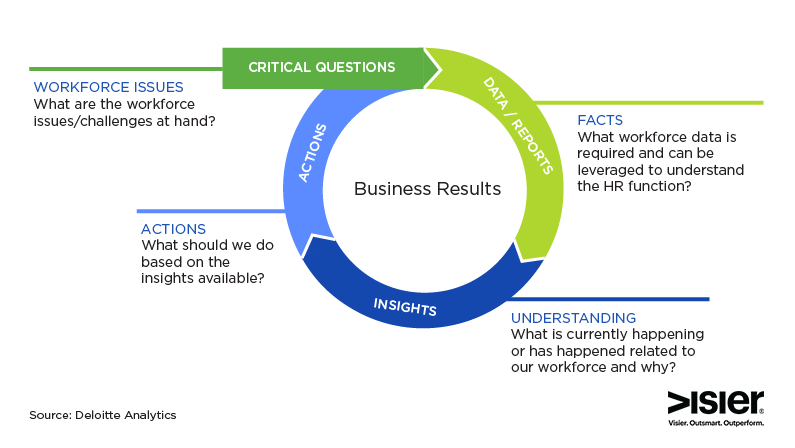
To summarize, when initiating true HR transformational efforts, HR leaders must shift their focus from metrics that drive HR results to metrics that drive business results. Understand – they are not the same. The focus needs to shift from process-related metrics (such as time-to-fill, % of identified successors, and other such measures) to those that are more outcome-focused (such as increasing workforce productivity and maximizing return on workforce investment). To be able to navigate this change – and truly focus efforts on improved business outcomes – will require HR business partners & center of expertise team members to truly understand the business they support, know what human factors affect the greatest outcomes, understand how to translate those factors into meaningful measures, and translate their findings to business leaders to demonstrate the value they are realizing.
[Recommended Read: Using HR Analytics for Workforce Cost Management [Case Study]]
To get to this place in many organizations, tough choices will be required – especially within HR organizations – as leaders must see to upgrade their internal talent, realizing that many lifelong HR practitioners simply do not have the horsepower to participate in business strategy development, create complex organizational & talent management strategies that align with & support the business strategies, lead execution of HR initiatives to realize these strategies, and measure and manage the realize the necessary outcomes. HR organizations must develop greater analytics skills – not just within their analytics “center of expertise”, but also begin to build analytics “networks of expertise” – requiring HR business partners and other CoE team members to understand, apply, and optimize what they do through the use of workforce analytics.
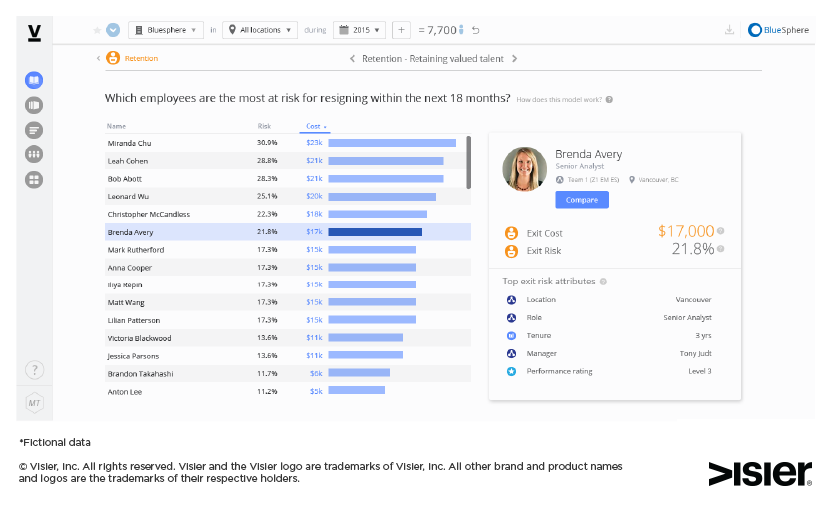
In summary, human resource transformation requires organizations to demonstrate – in business terms – the value of their effort. To do so, HR leaders must learn both the language and “levers” of the business, as well as how to apply HR programs, processes, and practices to affect these in ways that improve business outcomes in measurable ways. HR leaders will need to begin to build workforce analytics acumen within their broader organization and leverage deeper analytics capabilities through engagement of HR professionals with quantitative capabilities – either by acquiring or contracting for such talent. To make iy a reality, workforce analytics – applied to business issues or challenges and delivered by capable, competent HR professionals – is essential. HR transformation can’t happen without workforce analytics; analytics serve as the functional “global positioning system” or GPS for the function’s success.
Mark’s article first appeared on LinkedIn Pulse on January 30, 2015.
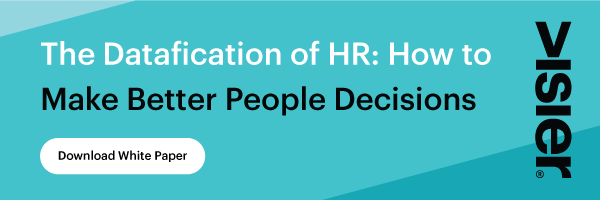
Get the Outsmart newsletter
You can unsubscribe at any time. For more information, check out Visier's Privacy Statement.
